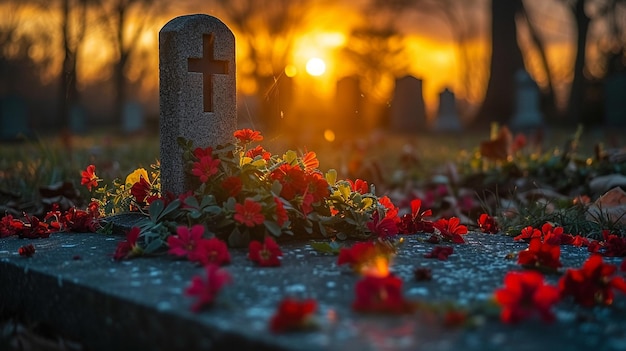The strong hue to your Memorial Day colors, lapis lazuli is a deep, royal blue color with flecks of golden pyrite that give it an ethereal glimmer. It has long been prized as a precious stone and used to make jewelry, ornaments, and decorative art objects. In the Renaissance era, lapis lazuli was a popular pigment for artists to paint with. The deep blue color of lapis lazuli stands out among other gemstones, making it an exquisite and stunning choice when used in jewelry or artworks.Lapis lazuli is also believed to have spiritual and healing properties, with many cultures associating the stone with wisdom, insight, and truth. It is believed to bring the wearer clarity and awareness of the divine, inspiring courage, creativity, and confidence. This Memorial Day, use lapis lazuli to honor those who have made the ultimate sacrifice and celebrate the power of courage and creativity.
































